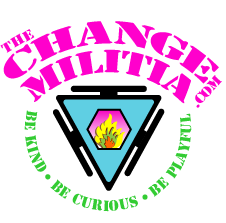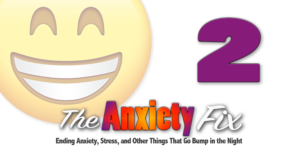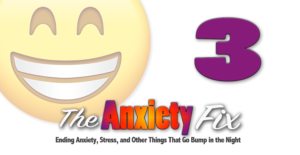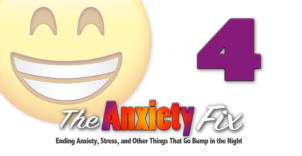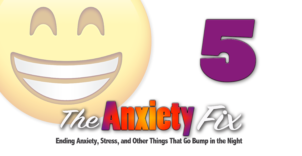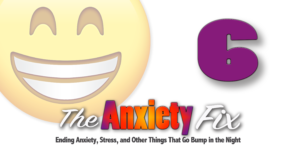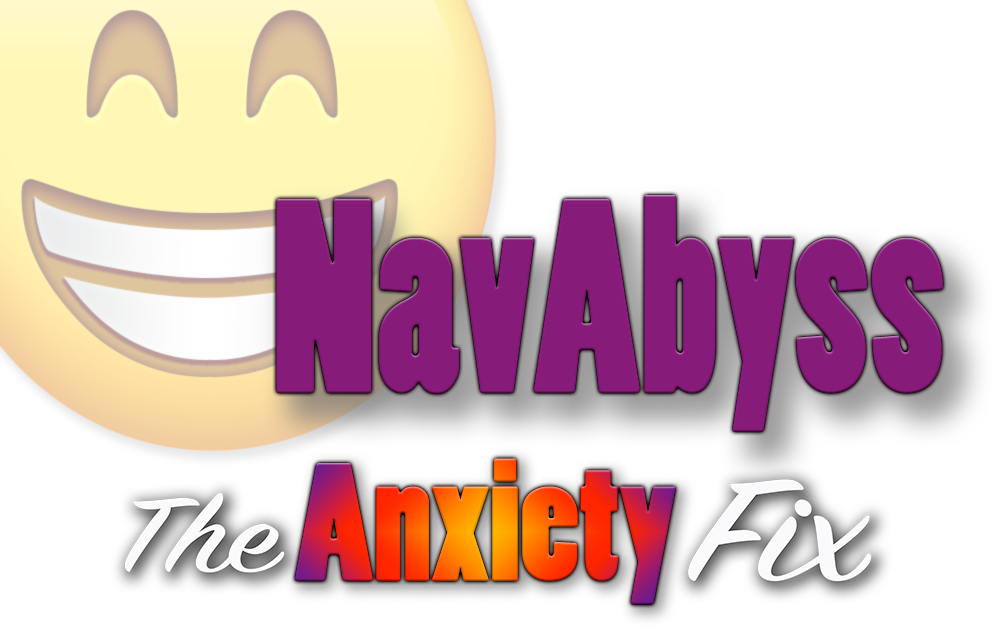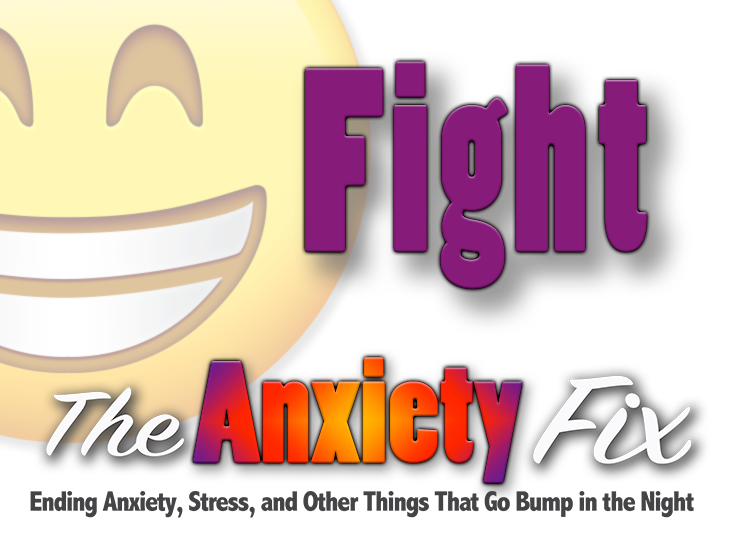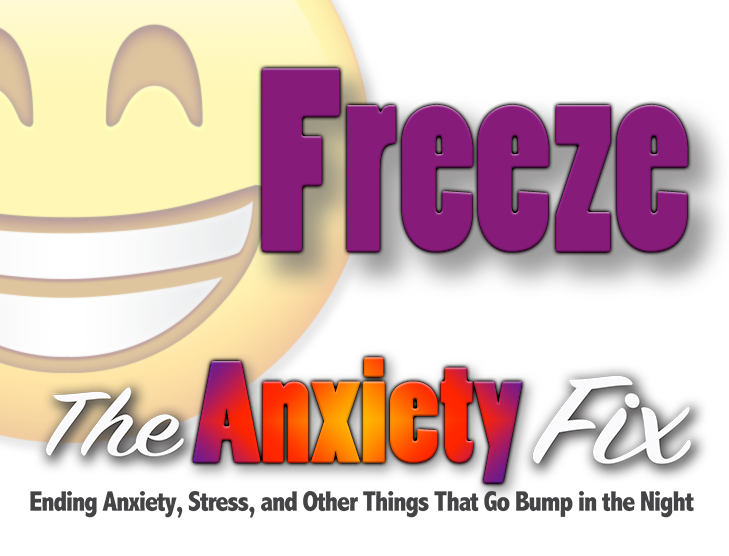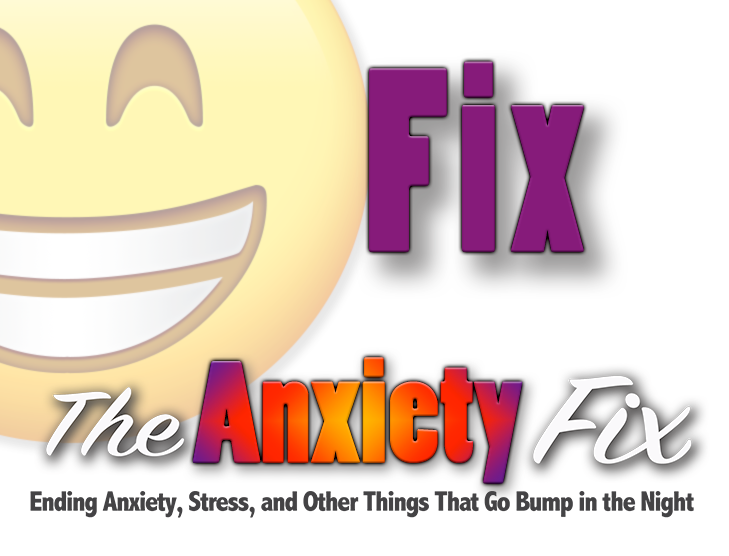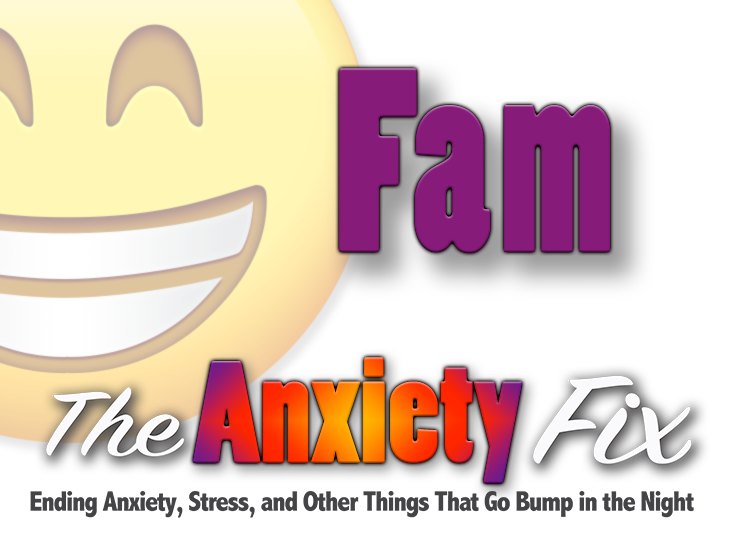
Step Three – Identifying Transitions
Simply put, your energy builds. Then, that abundance of energy exceeds what is familiar. Your mind thinks unfamiliar is unsafe, so it ramps up your fear and gives that energetic abundance the label, anxiety.
Anxiety is not caused by outside factors like work, family, relationships, or money. Anxiety is caused by an abundance of energy without a direction, outlet, or task.
Anxiety is the outcome when you don’t give your energy something to do.
So, you are going about your life, taking in the world around you. As you do, you are absorbing the energy of the sights, sounds, smells, feels, and tastes. At the same time, you are generating energy as your body digests food, you emote, and your mind generates thoughts and ideas.
That absorbed and self-generated energy starts to accumulate in your system. You get enlivened. As you continue to absorb and generate, your energy accumulates beyond what is normal or familiar. Next, your mind labels that over-abundance of energy as unsafe. Unsafe insinuates a threat and then you react as if you are under attack. That hypersensitive reactivity is your feeling of anxiety.
The label, Anxiety, is your subconscious mind misinterpreting your level of invigoration.
In this step, you will explore what it feels like as your state of being transitions from one state to the next. You might go from getting ready to leave to arriving at destination or from starting a conversation to ending a conversation. In the previous step, you felt each state of being. Now, become aware of the sensations as you transition between one state of being and another.
Your state of being is made up of your mood, attitude, mental and emotional state, and all the accompanying sensations. Your transitions will be how those things shift from previous to current.
Feel your transitions as your day progresses and as your environments and situations change. Some of the transitions will be easier to identify than others. Sometimes, there will be multiple transitions going at the same time. For instance, your hunger, digestion, and circadian rhythms will progress regardless of what else you are doing. Your anxiety may escalate as you change what you are doing and who you are doing it with.
Remember back to the last long drive, ride, or flight you were on. You sat down and felt a certain way. Over the next few hours, that feeling changed. You became increasingly physically uncomfortable, your bladder filled, you got impatient or tired, you got hungry or nauseous. Countless things changed while you sat. Those changes didn’t happen instantly, they transitioned from one set of physical sensations to another, from one thought pattern to the next, and one emotional configuration to something else. Your mood and attitude gradually changed.
There were also times when situations altered your state of being. Someone climbing over you, waiting on the food service, getting up and using the facilities, or anything like wailing, coughing, farting, sneezing, turbulence, cramps, edema, or headache that shifted you into a different set of sensations.
Samantha, a bank teller will have a series of transitions with each customer. She transitions from her starting point (about to greet the next client) to interaction to completion and then back to start the cycle again. Picture yourself as the bank teller and imagine the changes in your state of being. There will be a defined set of sensations as the customer walks up based upon who it is and the beliefs, judgments, and predispositions the teller holds.
Those sensations will change during the exchange of greetings. The relationship will cycle through the transitions as the bank transaction progresses and completes. At the end, Samantha will reestablish her sensorial baseline and seek out the next customer. That sequence will repeat throughout her shift. Each transaction will be different as her underlying image, beliefs, and fears are triggered. Regular customers will evoke a different response than an unfamiliar well-dressed teenager or a masked man handing her a note.
Samantha will also have a set of sensations that transitions as the day evolves. She will get increasingly hungry before lunch, the double-mocha-frappuccino breakfast will gradually wear off, and her desire for the Indian lunch buffet will increase. Her patience will ebb and flow. Her feet will get increasingly uncomfortable, and she will mentally and emotionally fatigue. All these things will have accompanying changes in sensation.
You go through hundreds or even thousands of these transitions every day. They usually happen subconsciously but can become conscious with practice. And that is the practice for this step, feeling your transitions.
Identifying Transitions Description:
Step 1 – Be aware of changes in circumstance. Predict when your environment or the people in it are shifting or about to shift.
Step 2 – Feel your sensations before the change by taking a Current 30.
Step 3 – Identify your current state of being. Label yourself.
Step 4 – Acknowledge that you are transitioning from one label to another.
Step 5 – Feel for the shifts in sensation as you transition from your current state of being to the new one.
Step 6 – Identify the sensations that accompany your new label and contrast them to the previous one.
Step 7 – Recognize that if changes happen, they don’t happen without a transition and that sensations shift with changes in circumstance.
This is the hardest step and probably not something you have tried before. Persist and your transitions will begin to be easier to identify. Remember, if your attitude or mode changes, your sensations are also changing.
Here is a sample practice to get you started.
Step 1 – Stand up and bring your attention to your legs. What can you feel?
Step 2 – Take a Current 30 and identify the sensations in your legs. Are they strong, tired, painful, tense, or cramping? Feel the influence of gravity.
Step 3 – Take a few deep breaths and explore what else you can feel in your legs. Give your legs a state of being label.
Step 4 – Sit down slowly in a very measured way.
Step 5 – Feel for the changes AS you are sitting down. Which muscles contract, which relax? Feel your joints from toes to neck: ankles, knees, hips, back, shoulders.
Step 6 – What feels strong, weak, loaded, unloaded, or overloaded? What feels alive, numb, or disconnected? Feel for the differences between your right and left legs.
Step 7 – Once seated, take another Current 30 and identify your set of sensations.
Step 8 – What changed and what was the before and after state of being for each body part?
Step 9 – How does seated feel different than standing?
Step 10 – Do this several times and notice how much better you get at it.
Were you able to feel those changes as you transitioned? Feel how much more energy it takes for the transition to sitting than just standing or sitting. Most of these will be physical but emotional and mental changes will also occur.
This is a great example of what happens with anxiety because most of the energy is expended in the transition. Standing and sitting are fairly passive. The transition between the two is very active.
And remember, this is a skill and as with any other skill, there will be a learning curve. Give yourself the opportunity to adapt to this new way of relating. As you are able to feel the transitions happen, you can decide if the pending transition conforms with your goals and intentions. If not, you will be able to make a different choice by altering the arc of the transition.
Here is another example:
During an interview, a potential employer invites Bob to play a game of chess. Bob indicated on his application that chess is one of his hobbies. Unfortunately, Bob doesn’t actually play chess, he was hoping it would help him appear cerebral.
In the beginning of the interview, his state of being may have been desperate for a job. He will have a baseline level of anxiety, confidence, focus, tension, and presence. Once the chess offer is made, that changes.
Physically, his heart rate and respiration quicken, the muscles in his abdomen and low back contact. There are subtle changes to his posture and any digestion that is going on comes to a complete stop. He might start to sweat, and his blood chemistry will change as his brain directs the release of his fight or flight chemicals. Or, he might completely freeze and get the deer in the headlights look.
Mentally, he will shift from opportunity assessment to threat assessment. He might start crafting stories to mask his lie. He might start looking for ways out instead of ways in. Or, his brain might just lock-up – checkmated like a king trapped in a corner by a knight and a rook.
Emotionally, his anxiety levels will dramatically increase. His fear ramps up, self-confidence drops, and his emotional state changes from optimistic and enthusiastic to panicked and humiliated. He might turn toward anger, blame, or depression. He might try to pawn off some humorous excuse. He might concede the game and tell the truth.
Whatever he does will be a transition from one state of being to another. Again, like the slowly sitting down exercise above, most of the energy will be spent in the transitions.
You will have a myriad of transitions during the day. Some will provide benefit, others distraction, and some dysfunction. Spend some time getting to know what you do, when you do it, and most importantly, what the transitions feel like.
Why it Matters – Transitions are you constantly changing from one person (state of being) to another. As you understand, feel, and accept this, you will realize that you can’t ever be just one thing – like anxious, mad, overwhelmed, stressed, or panicked. You are in a constant state of change that can be altered, made more efficient, and redirected toward the things that really matter.
Everyday Usability – This practice will highlight the changing versions of you. You will begin to feel yourself altering how you present yourself to the world. It may show how you hold on to certain states of being and resist change regardless of the possible benefit. Our Change Militia program explores your personality and habits and gives you tools to change yourself for the better. Once you get your anxiety under control, check it out!
Progression – Anxiety as a label triggers your mind, body, and emotions to react in habitual ways. If you can feel yourself transitioning toward anxiety, you will be able to make new choices that lead somewhere else. If you do this often enough, the new choices will replace the habit of anxiety with new habits and Wham Oh!, no more anxiety.
Step Three – Wrap Up
Anxiety is a label you give to a set of sensations. As your sensations change, your labels change. Your system orients to your familiar labels and reacts in habitual ways.
Feeling the transitions will help you separate what you are feeling from your habitual labels. As you do, you will be in a better place to devalue the old labels and assign new ones.
This is a challenging step in the process. Feeling transitions is probably not something you have been taught to do or had much experience with. Invest some time and curiosity. As you learn to feel transitions, you will completely change the relationship you have with yourself, others, and the world around you.
In the next step, you will learn how to feel your edges. You will explore what that feels like and how you can translate that to your life.
If you feel checkmated, please email us and allow us to help you get back in the game.
And remember, anytime you are actively anxious, stressed, or overwhelmed, do one of the movements on the video page.
